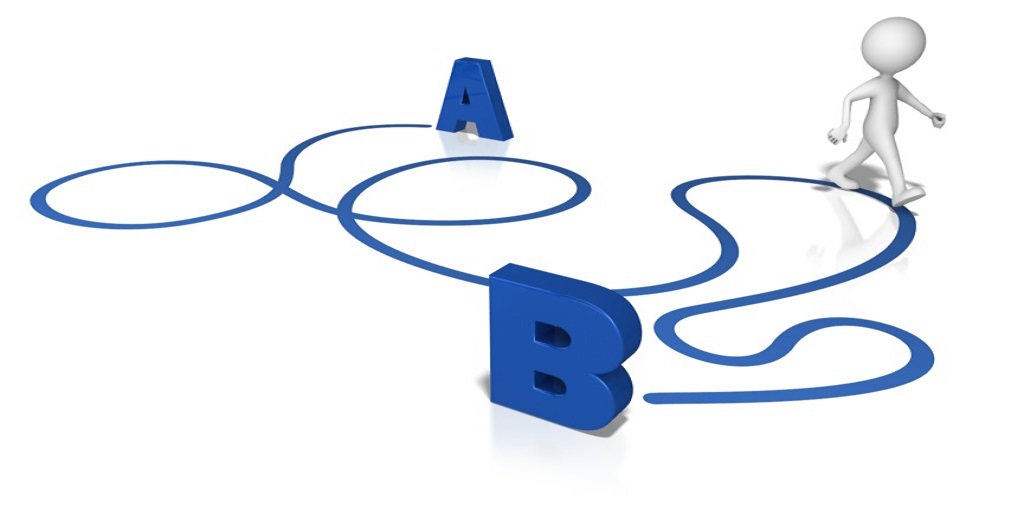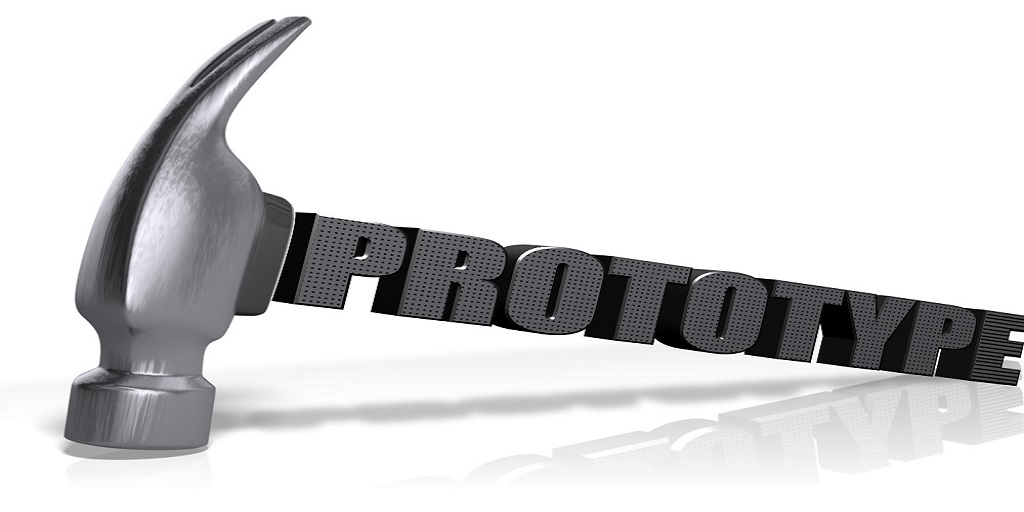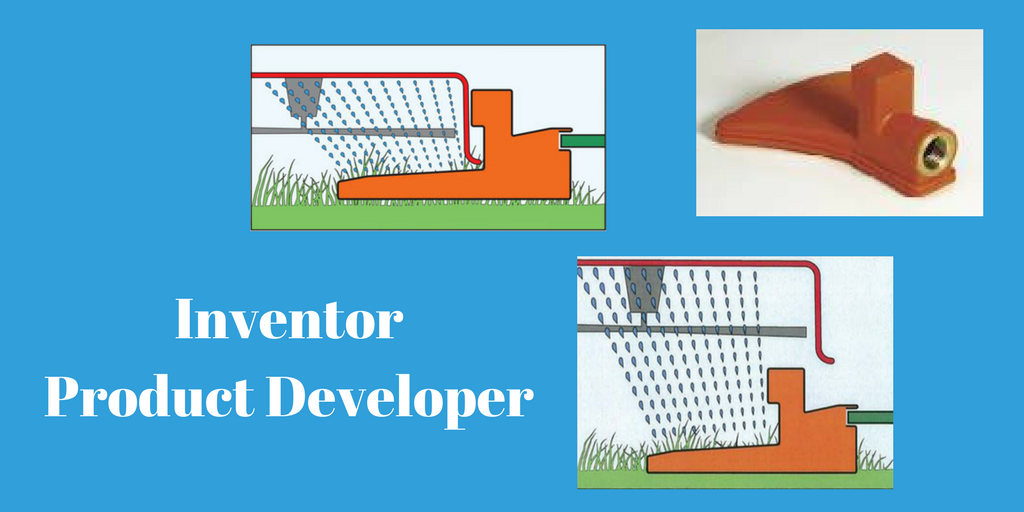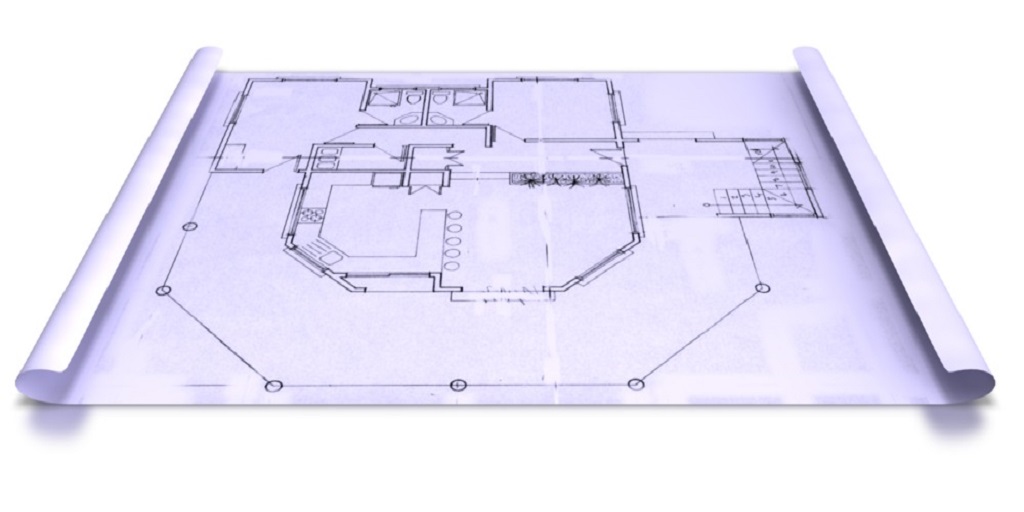Invention Development: Taking Ideas from Concept to Production
What inventors need to know…
How does an inventor take a good idea and then develop it into a new product? Recently I asked this and other questions relating to invention development to the affable 
What do you do?
In general, I help independent inventors, start-ups and small companies take new ideas from concept to production. This includes Design, Engineering, Prototypes and Production Sourcing. I do not offer services with regards to funding, sales, marketing or licensing.
What makes an idea good or bad?
“I have seen great ideas fail and bad ideas succeed in the marketplace. What makes a successful product is good marketing, sales, design and manufacturing. What is right in one case is not necessarily right in another. You know you are right if it makes money and wrong if it doesn’t.”
How much information do you need to create a working prototype of product?
People come to me from all walks of life with different levels of expertise. Good ideas are not limited to the experts. Here are a few examples:
- The inventor comes in with just the idea. The inventor recognizes a problem and does not have an answer. Our company figures out a solution and designs a product to solve the problem.
- The inventor has a detailed drawing of a patented or patent pending product and we make a prototype.
- The inventor has a prototype and we make additional refinements. The process of developing a prototype is an ongoing series of tests and refinements.
- The inventor has a prototype completed without any need for refinements and we work out the mass manufacturing details.
How can the independent inventor with a new idea without “deep pockets” capitalize on a good idea?
I have found an independent inventor’s path is somewhat limited:
- Manufacture and sell it through a buyer to a mass retailer. Here the inventor will likely need investors.
- Obtain a royalty agreement and license the rights to sell the product. Here, the inventor is in a better bargaining position if they possess a patented or patent pending product and a prototype.
“If you invented a new “Pet Nail Clipper” then go to the aisle in the pet store where they are selling these devices and investigate each one. Learn the names of 10-20 companies that will be able to produce, distribute and manufacture your product. Find out who in the company you need to talk to in order to sell your idea. Get yourself in the door with a patented or patent pending product and a prototype and then maybe you will make a deal.”
How would you describe the ideal client/inventor candidate for product development?
- 50+ years old, having the “entrepreneurial spirit.”
- Has high disposable income.
- Not risk adverse.
- A person that can enjoy the process. Even if the product doesn’t sell, they had fun with it.
- Good business contacts. The inventor needs to understand one person cannot do everything. You need help with manufacturing, distribution and marketing. “An inventor who has an in at QVC or brother-in-law who is a buyer at WalMart has a better chance to succeed.”
- Good business sense: a. Inventor knows where they want to go with a product;
b. There is a business plan to get there (road map); and
c. Knows when to call it quits. “Don’t throw good money after bad.”
What’s the difference between an Invention Promotion Company and an Invention Development Company?
Invention development companies create and produce actual products. Invention promotion companies attempt to promote the idea to a manufacturer or retailer without actually manufacturing the product.
Clients that have come to me after they have been to an invention promotion company have said that they have paid invention promotion companies between $10,000 and $15,000 with little to show for it. Here are examples of what some promotion companies have provided:
- sub par drawings of the product;
- a template portfolio where the only thing that is different from client to client is the name of the product; and
- a patent search and opinion of patentability.
What the inventor doesn’t have when all is said and done is an actual deal with a product in production.
The truth is a small percent of inventors actually make money when working with invention promotion companies. I (Vincent LoTempio) searched the web and found the stats of two Invention Promotion Companies:
This was taken directly from the InventHelp website:
- From 2007-2009, we signed Submission Agreements with 5,336 clients. As a result of our services, 86 clients have received license agreements for their products, and 27 clients have received more money than they paid us for these services.
This was taken directly from the Davison website:
- The total number of consumers who submitted new product ideas to Davison during the past five years is five hundred seventy thousand seven hundred ninety eight (570,798). The total number of consumers who purchased a Pre-Development Agreement or similar contract for research services is fifty thousand three hundred forty three (50,343)…The number of consumers who obtained a written license with a company that is not affiliated with Davison is three hundred forty one (341). The total number of consumers in the last five years who made more money in royalties than they paid, in total, under any and all agreements with Davison, is fourteen (14). The percentage of Davison’s income that came from royalties paid on licenses of consumers’ products is .001%.
Some other Aiello Designs














August 27, 2010 @ 3:11 pm
i want to know A-Z on taking a product from concept to prototype to mass marketing and distribution.
the most affordable way and without having my idea stolen locally or worldwide.